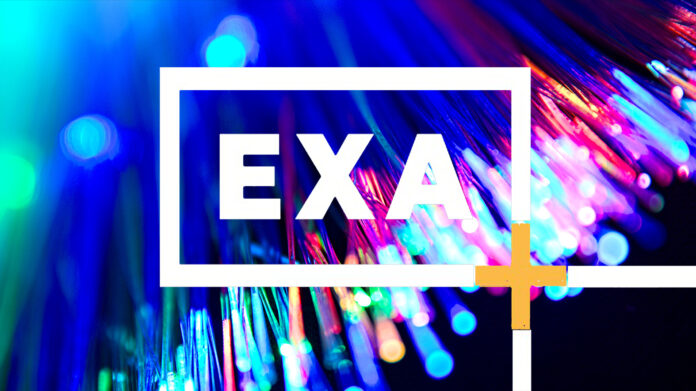In sum – what to know:
Capacity boost – 1.2 Tbps upgrade lifts EXA’s network by 15%, coutesy of a Nokia coherent optical engine and transport system.
Efficiency leap – new system slashes energy use and cost per bit by 50%, addressing rising sustainability pressures and efficiency demands.
AI backbone – futureproofs global fiber for surging data center, cloud, and AI demand at core and edge locations.
EXA Infrastructure is to bolster its terrestrial optical transport network with a 1.2 Tbps per-channel upgrade from Nokia. The new system will boost its network capacity by as much as 15 percent, and its power and cost per bit by as much as 50 percent, the company said. EXA Infrastructure owns 155,000 kilometres of fiber network across 37 countries, including six transatlantic cables and the lowest-latency link between Europe and North America.
The London-based firm has committed to the project with Nokia following a trial in Europe of the Finnish outfit’s Integrated Coherent Engine 7 (ICE7) solution, its newest optical transponder module, for managing how light signals are modulated, transmitted, and decoded across fiber optic cables. (The EXFA upgrade is from its ICE6 solution.) This so-called ‘coherent engine’ is the ‘brain’, effectively, behind modern optical networks, driving ultra-high capacity data transmissions over long distances.
The trial was an “industry-first”, apparently; Nokia is also supplying its 1830 Global Express (GX) platform, part of its flagship 1830 Photonic Service Switch (PSS) series – a family of optical transport systems for high-end networks. The new capacity, at 1.2 Tbps per channel, is a significant jump in capacity – not just of 15 percent, versus the firm’s existing setup, compared to older systems, which topped-out at about 400 Gbps per channel just a few years ago.
The 1830 GX platform works for terrestrial, subsea, and metro networks – to connect data centers, cloud regions, enterprises, internet exchanges, and telecom backbones over long distances at low-latency. A press note explained the upgrade in terms of the new AI economy, being rapidly constructed and connected in massive core data centers, as well as via regional and metro-edge facilities – for “critical modern infrastructure… and economic growth.
It said: “This includes mission-critical networks for governments and enterprises, hyperscale infrastructure, and ultra-low latency, high-bandwidth networks for data centers.” The deal with Nokia reflects the AI industry’s urgent need to scale, of course. Data center and interconnection networks face a double bind: they must handle soaring bandwidth demand and also reduce energy consumption to meet sustainability goals and operational cost targets.
Network providers are upgrading optical systems not just for raw performance, but for energy efficiency and cost-effectiveness. EXA Infrastructure, formed in 2021 when investment firm I Squared Capital acquired the network assets of GTT Communications, is another bellwether for how infrastructure players are retooling to keep pace with developments at the data center and cloud edge, as AI demand roughly follows the rapid evolution of core AI capabilities.
Ciaran Delaney, chief operating officer at EXA Infrastructure, commented: “Nokia’s 1830 GX solution with ICE7 coherent optics ensures a smooth transition from our existing ICE6-based infrastructure. The advanced performance of ICE7 will significantly enhance connectivity, empowering EXA Infrastructure’s global network to deliver robust services that keep pace with increasing bandwidth demands.”
James Watt, senior vice president and general manager of optical networks at Nokia, said: “Driving down power consumption per bit is not just important from a sustainability point of view, but is also essential if providers are to meet spiraling connectivity needs, because power requirements are a potential limiting factor to data center growth. Nokia’s industry-leading solutions ensure networks are not just keeping pace but staying ahead in the race to meet surging bandwidth demands.”

